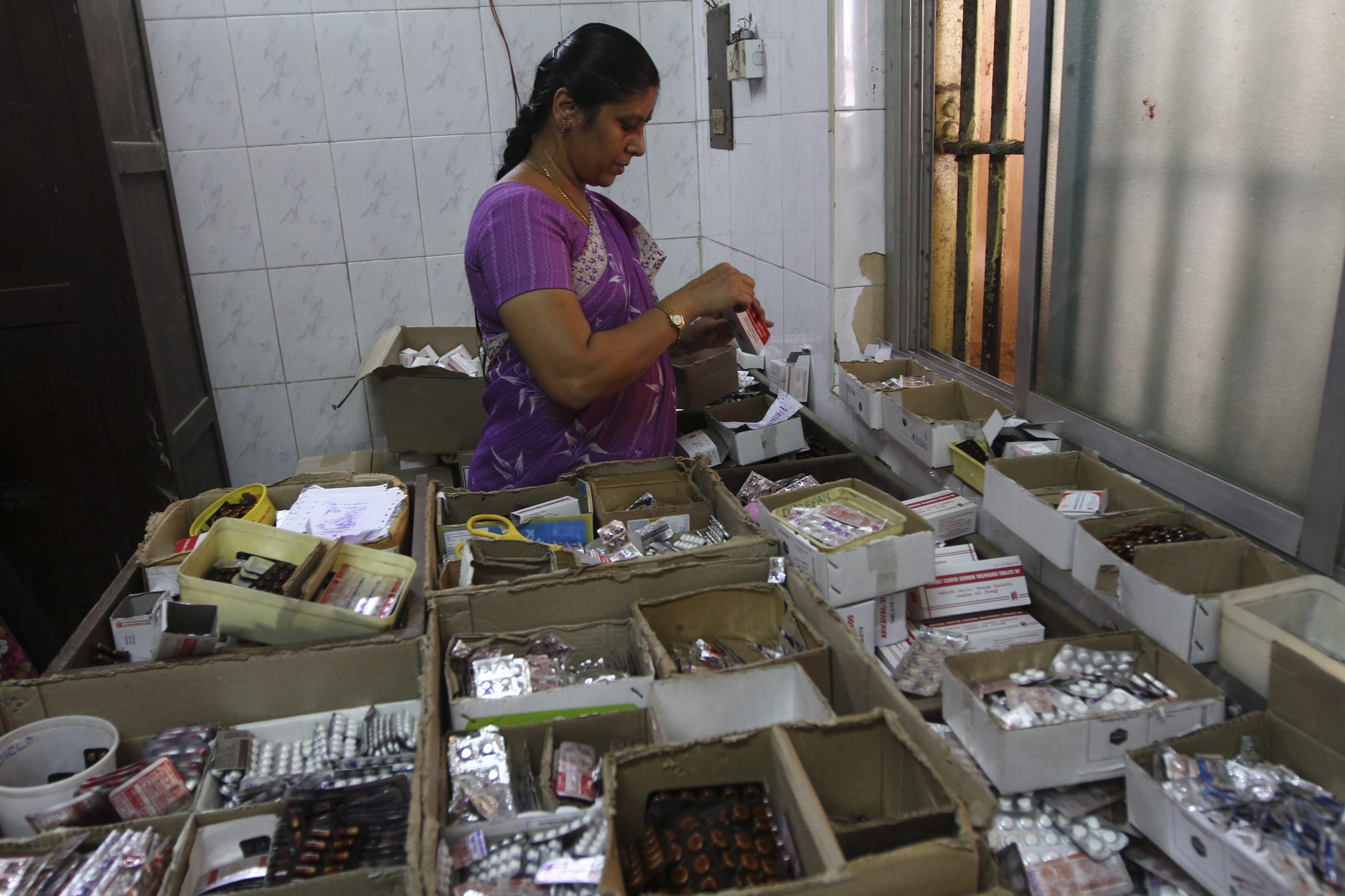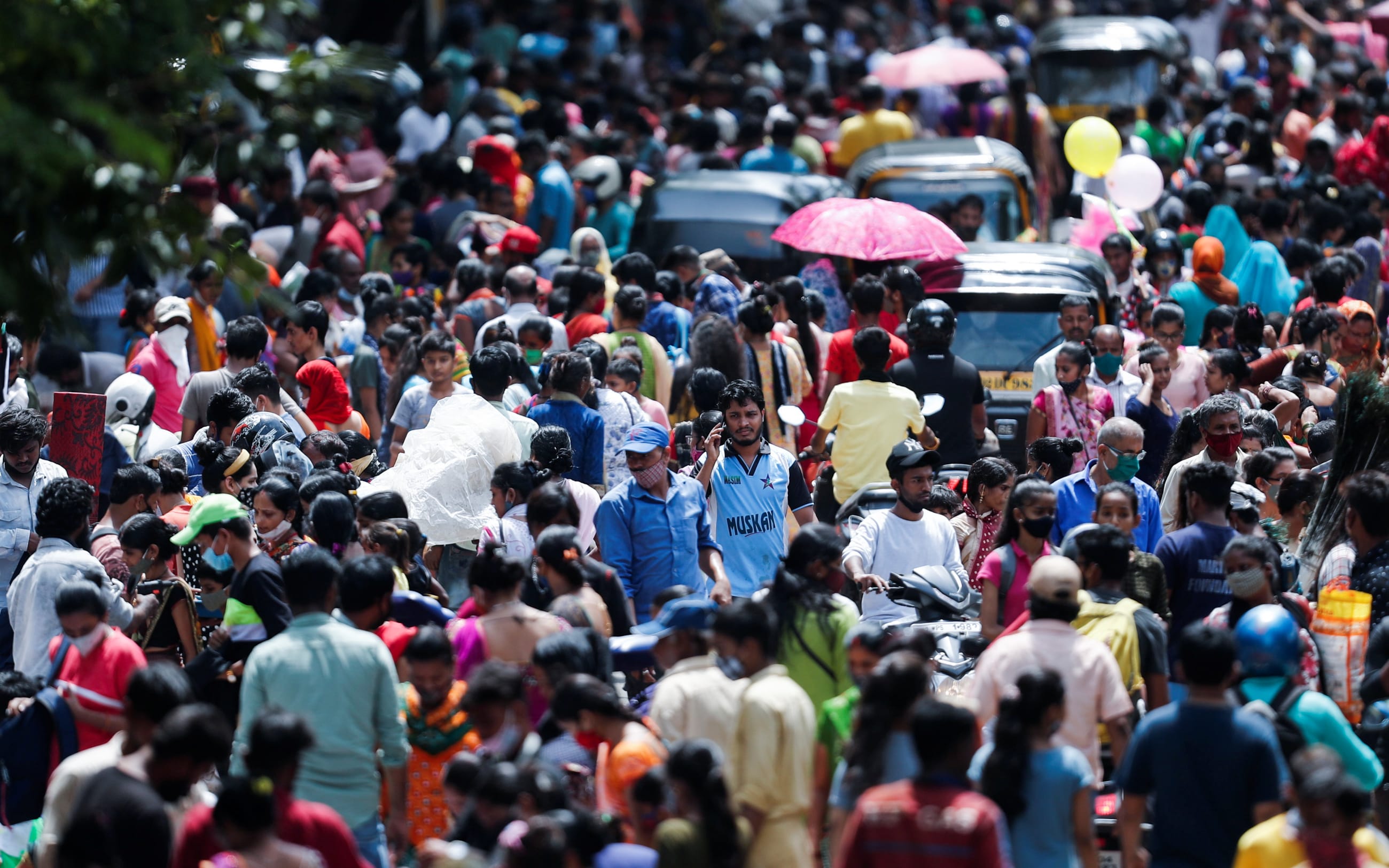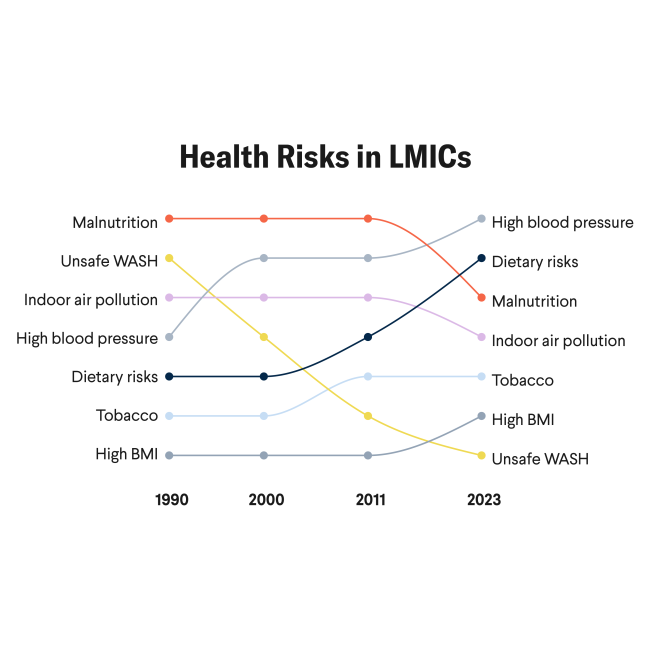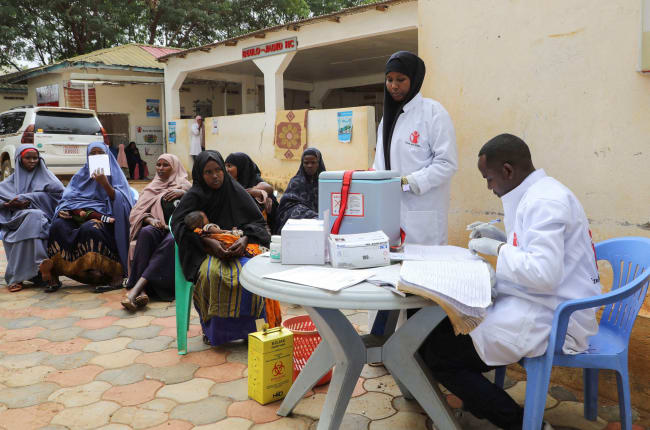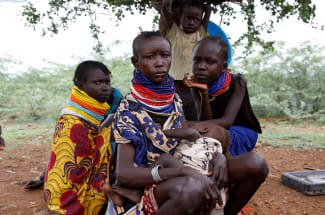In August, Priya—a 28-year-old software engineer who had been silently battling depression for more than two years—sat in a long and crowded hallway of a tertiary care hospital in Mumbai. As we spoke about her condition, it became clear that she had had never received proper treatment even though she lived in a country that produces nearly 20% of the generic medications used worldwide. Her story offers a window into a paradox: India, the world's leading generic drug producer, continues to face one of the biggest gaps in mental health treatment.
According to the World Health Organization (WHO), around 56 million Indians (4.5%) are dealing with depression; another 38 million (3.5%) suffer from anxiety disorders. Despite this huge burden, India's National Mental Health Survey found that 85% of those with common mental disorders simply do not get help as many struggle to access mental health resources.
This startling gap is a missed opportunity for India's pharmaceutical industry and one with cascading fallout for other economic sectors. Between 2012 and 2030, mental health conditions are projected to cost India more than $1 trillion in lost productivity, further hindering national progress in a country striving for rapid growth.
India's Pharmaceutical Edge
India's generic drug market, valued at $24 billion in 2024, demonstrates a manufacturing prowess that includes essential psychiatric medications. Indian companies produce quality-ensured generic antidepressants such as fluoxetine, sertraline, and escitalopram, which are sold at a fraction of international brands. A month's supply of generic fluoxetine in India can cost as little as 15 to 30 Indian rupees (roughly $0.17 to $0.34), whereas branded versions in developed countries cost between $15 and $30. Sertraline, supplied by Indian firms Sun Pharma and Dr. Reddy's, costs only 20 to 40 rupees ($0.23 to $0.46) per month, and venlafaxine—a serotonin and norepinephrine reuptake inhibitor used to treat depression—sells for 25 to 50 rupees ($0.29 to $0.34). These prices matter for millions of Indians who earn less than 175 rupees ($2) per day.
What's Blocking Access?
A chasm separates India's manufactured drug supply and patient access—one dug deeper by three key interrelated obstacles.
The first is a lack of mental health professionals. The WHO recommends a minimum ratio of 1 psychiatrist per 100,000 people, but India has only 0.3 per 100,000. This dearth leads to bottlenecks in diagnosis and care provision. Even in areas where medicines could be more cost effective, efforts to provide diagnoses and prescriptions often stall. Some organizations, such as All India Institute of Medical Sciences (AIIMS), attempt to bridge the gap by training primary care physicians to address common mental health issues.
Between 2012 and 2030, mental health conditions are projected to cost India more than $1 trillion in lost productivity
Missed diagnoses and stigma are the second obstacle, in that almost 97% of adults in India with depression never receive a proper diagnosis. One cultural element is often used is physical discomfort, such as body aches, to explain their emotional pain, which makes it easy for medical professionals to overlook the true problem. This environment differs markedly from Western health-care contexts, in which patients are more likely to self-report emotional symptoms.
In traditional Indian families, expressing mental distress can be seen as bringing shame to the family, so attributing it to physical symptoms has become a culturally acceptable way to seek medical help. However, hope remains: Training programs that aim teach primary care staff to detect psychological distress begun to show measurable results in pilot sites across Rajasthan and Karnataka, where accurate mental health diagnoses increased by 40% [PDF] after culturally sensitive screening protocols were implemented.
Distribution struggles are the third barrier. Generics could be considered affordable, but outside urban centers they're not always easy to obtain. The Jan Aushadhi scheme, India's big push to distribute generics, has begun to address this issue but faces three distinct hurdles in the most remote districts: inadequate cold storage facilities that compromise medication quality, supply chain disruptions that can leave clinics without essential psychiatric drugs for two to three months, and limited training among rural health-care providers about mental health treatment protocols.
All of these barriers, however, could be bypassed by using mobile pharmacy units that maintain proper storage, establishing regional drug distribution hubs with backup inventory systems, and implementing mandatory mental health modules in rural health-care worker certification programs where mental health needs can be greatest.
Innovative Models to Alleviate the Burden
Although multiple impediments complicate access to mental health resources in India, innovative approaches being implemented across the country demonstrate how the nation could scale up existing efforts to alleviate the crisis. These emerging solutions could be a roadmap for other countries facing similar challenges.
Primary care solutions are one of the most important breakthroughs because they make mental health treatment accessible to populations who cannot travel to specialized centers. The best examples are Kerala and Tamil Nadu, where general practitioners are taught to prescribe and monitor basic antidepressant treatment using straightforward checklists and regular mentoring. This approach is crucial because it uses existing health-care infrastructure rather than requiring expensive new specialist facilities. Kerala's model has even achieved positive results that nearly equate to specialized psychiatry: It reported 68% remission rates versus 71% for psychiatrists while operating at one-tenth the cost per patient.
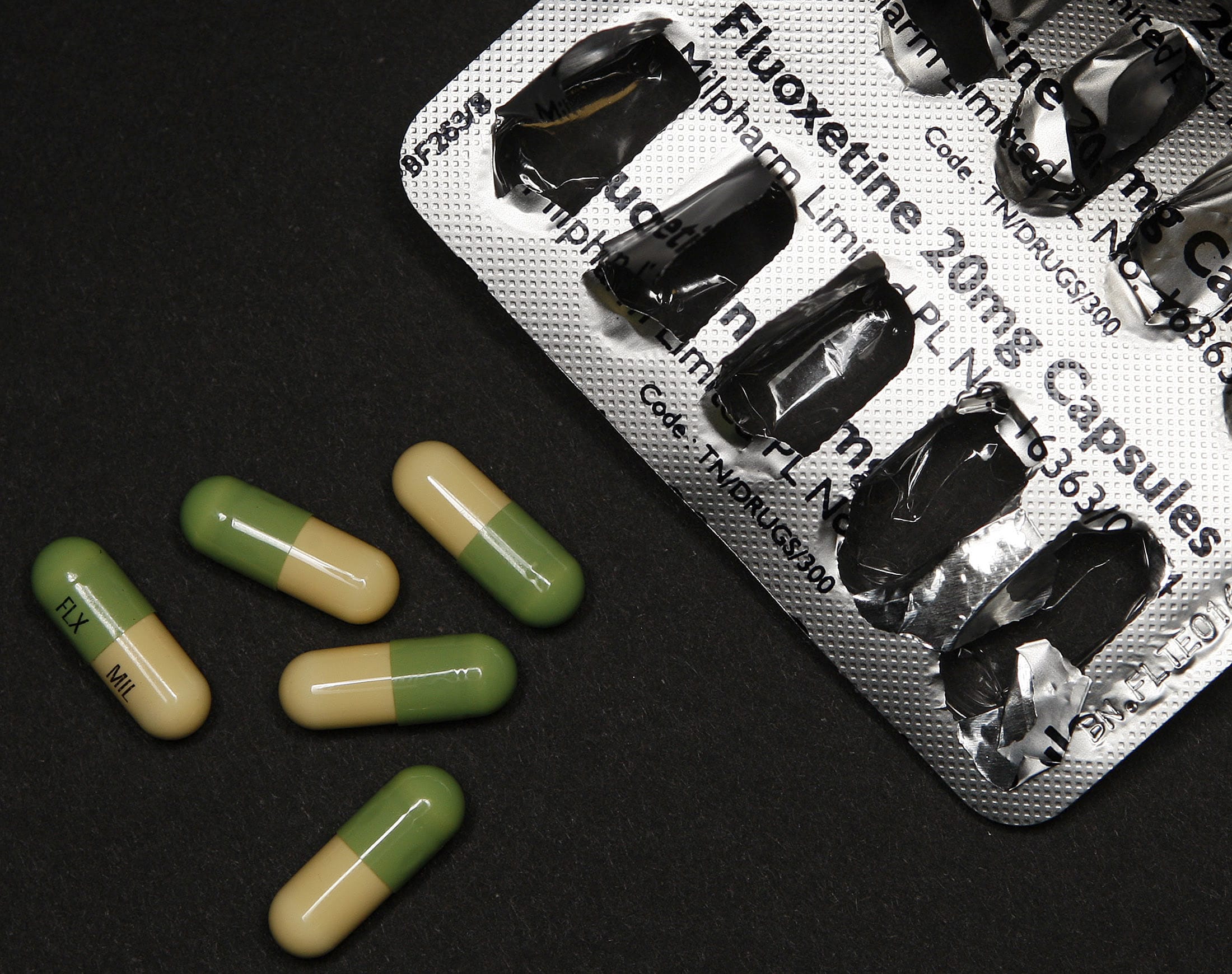
Task-shifting to nurses and community health workers directly addresses the critical shortage of mental health professionals by expanding the workforce beyond the limited number of psychiatrists. Across many AIIMS campuses, teams now include trained nurses and health workers who give counseling, letting busy doctors focus on medication management. This makes specialist knowledge go a lot further while keeping patients safe. A recent large-scale implementation study in rural Madhya Pradesh demonstrated the effectiveness of this approach: Accredited Social Health Activists delivered the Healthy Activity Program to 2,208 patients with depression, achieving a 97.82% treatment completion rate and substantial reduction in depressive symptom severity, effects sustained at a nine-month follow-up.
Combining cultural and medical approaches helps combat stigma by acknowledging and respecting local beliefs about mental health while introducing evidence-based treatments. Programs that combine traditional healing techniques with evidence-based medications tend to yield better outcomes. Building on local customs, they secure community support and ensure that patients take their medications as directed. For example, in rural Maharashtra, programs incorporate traditional healing rituals alongside modern psychiatric treatment, community healers (bhagats) working alongside medical staff to ensure patient acceptance. In Tamil Nadu, Ayurvedic practitioners collaborate with psychiatrists to create treatment plans that honor traditional medicine while ensuring that patients receive necessary psychiatric medications. These culturally integrated programs show 85% treatment completion rates relative to 45% for purely Western medical approaches.
India's pharmaceutical industry also offers important innovations. Generic producers have created drug combinations and sustained-release tablets that recommend fewer daily dosages, making it easier for patients to follow their regimens without increasing expenses. Indian companies provide thorough studies to support their generics, demonstrating that they perform just as well as branded originals. This track record could help streamline regulations and make generics more widely available internationally.
Scalable Lessons for the Globe
The successful models emerging in India not only require significant domestic investment to reach their full potential, but also demonstrate scalable interventions that could address mental health crises worldwide. India's experience shows how countries can leverage existing pharmaceutical capabilities while building innovative delivery systems.
Building manufacturing capacity in countries such as India, China, and Brazil ensures affordable medicine for all, not just those who can pay branded prices. Promoting South-South cooperation allows sharing Indian expertise in training general practitioners to diagnose and care for mental health conditions with other low- and middle-income nations. Pushing for regulatory standards across borders, using India's experience to set the bar for generic drug quality, provides the backbone of broader access. Integrating mental health into primary care everywhere avoids developing costly parallel professional systems and expands access.
Continued Difficulties and the Path Ahead
Despite these developments, major challenges remain. Stable drug supply chains, strong clinical supervision, and manufacturing quality control, especially in rural areas, all require ongoing investment. Crucially, fixing mental health can't rely on medicines alone; deeper social problems such as poverty, inequality, and the stress of change need attention as well.
Another valuable realization is that many Indians with depression do access health-care services: Nearly two-thirds use some form of medical care. But these services often focus on treating physical symptoms without diagnosing underlying mental health conditions. Rural primary health centers could provide pain medication for headaches or sleep aids for insomnia without recognizing these as manifestations of depression, creating a gap between service use and appropriate mental health care.
The way forward calls for joint action: training more mental health professionals, upgrading primary health systems, and scaling up trusted generics. India's journey shows that these elements can work together—and could hold the key to a sustainable, scalable global model.
In India, answers are emerging via drug innovation and delivery, often blending global science with local culture to offer powerful ideas for countries everywhere. India's strategy demonstrates that increasing access doesn't require starting from scratch as the world attempts to address growing mental health issues on a shoestring.
Whether the country can move quickly enough to provide relief to the near 1 billion people who are still waiting for effective mental health treatment is the real question.
